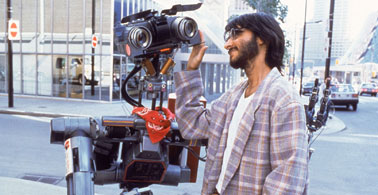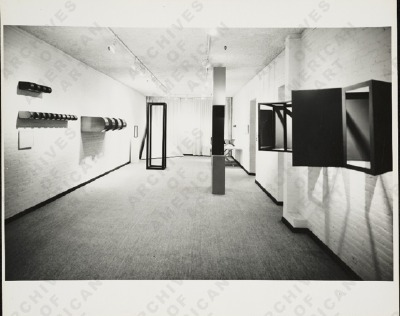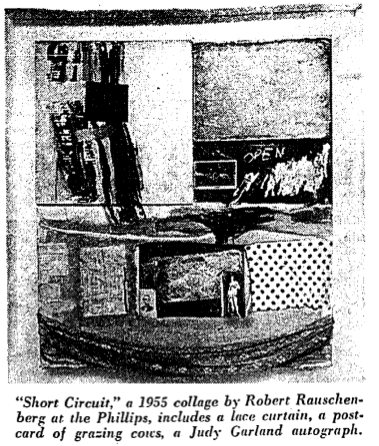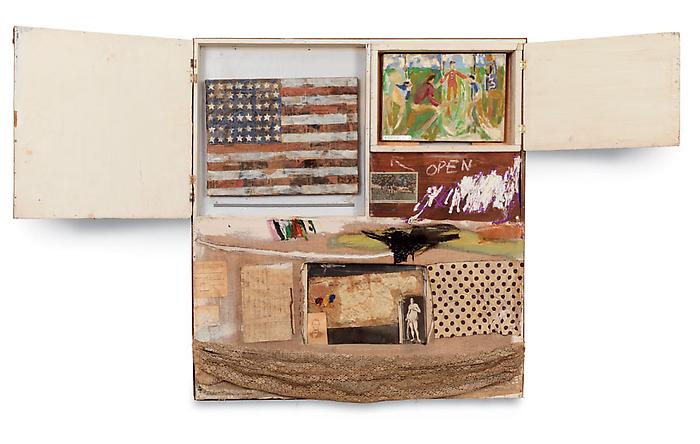In his review of the Robert Rauschenberg show at Gagosian, where the work is somehow different because it is for sale, Holland Cotter explains Short Circuit‘s origin as an attempt to get his recommended artists’ work into the Stable Gallery’s group show, but then whoa:
Only Mr. Johns and Ms. Weil, Rauschenberg’s ex-wife, came through with work on time, so into the cabinet went a little painting by each And, with one significant change, those two paintings are still there: Mr. Johns’s picture, a mini-version of one of his soon-to-be famous flag images, was stolen in 1965 and replaced by an Elaine Sturtevant copy.
Really? 1965? But didn’t I just get finished explaining how it was actually stolen in 1967? Yes, yes I did.
Or so I thought.
I won’t dwell on the fact that, though they were extremely responsive and helpful, Gagosian had already told me neither they nor the Rauschenberg Foundation had any record or idea of when Johns’s Flag painting was stolen.
But as I was about to send in my correction to the Times, I re-read Walter Hopps’ 1976 account:
The original flag painted by Jasper Johns was subsequently stolen and was replaced by a replica painted by Elaine Sturdevant [sic] at the time of the exhibition “Art in Process: The Visual Development of a Collage,” held at the Finch College Museum of Art in March 1967.
And you know what, it might be possible that the “subsequently stolen” does not, in fact, refer to the March 1967 show, and that the Sturtevant replacement took place “at the time of exhibition.” That is a possible reading.
But it doesn’t change the fact that texts and critical coverage of the Finch show so far makes no mention of the theft, or the replacement. And that a year into the traveling exhibition, Short Circuit‘s cabinet doors, which visitors had been able to open, were now nailed shut.
I’d also add that while the 1976 catalogue text mentions the theft, the reproduction of Short Circuit seems to include the original Johns flag. It certainly does not depict the Sturtevant Johns Flag that’s in there now. It’s almost as if the Sturtevant replacement decision was made in time for the 1976 show/catalogue, but not in time to have it photographed. [Or maybe Rauschenberg and/or Hopps didn’t see a need to rephotograph it? Which would be a separate set of interesting issues.]
So either Cotter knows something, or he’s wrong, and is just latching onto 1965 as the theft & replacement date because that’s when Sturtevant first showed her Johns Flags. Either way, I’ve added him to the interview list.





